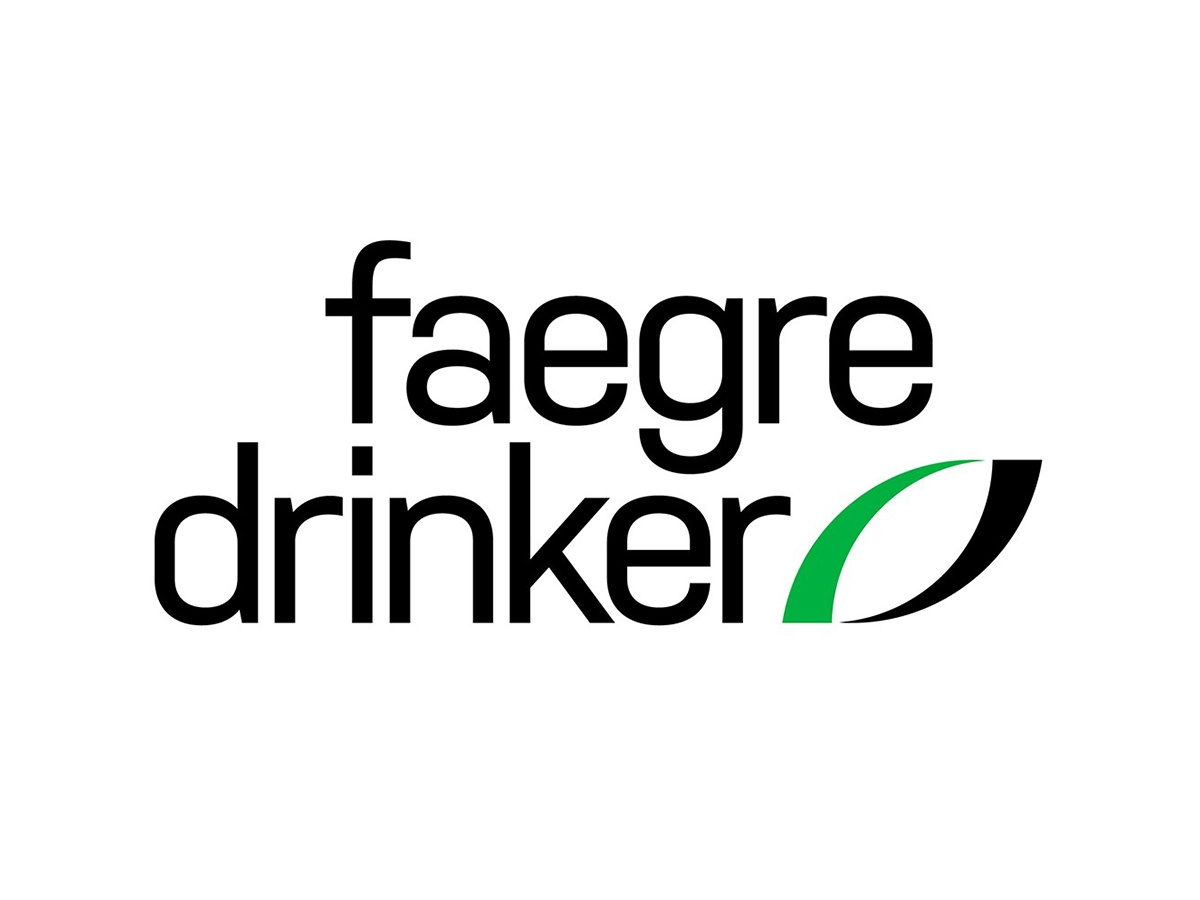Multidistrict litigation is meant to “promote the just and efficient conduct” of actions “involving one or more common questions of fact” by transferring those actions to a single district court “for coordinated or consolidated pretrial proceedings.” 28 U.S.C. § 1407(a). In MDLs involving alleged physical injury or illness caused by a product, one “common question of fact” is general causation. Each plaintiff in the MDL must prove that the product is capable of causing the injury or illness. We think it is usually — if not always — most “just and efficient” to address general causation on an MDL-wide basis as early as practicable. Some courts disagree, testing general causation initially on just a subset of plaintiffs in the MDL; when those efforts fail, other plaintiffs may be permitted to try again, perhaps with new general causation experts. But the plaintiffs’ second attempt to establish general causation often fails to remedy the problems that doomed the first attempt (as we have discussed before), merely amplifying costs for both parties before reaching the same result. The In re Deepwater Horizon BELO (Back-End Litigation Option) Cases litigation, while not formally centralized as an MDL itself, provides another example. In re Deepwater Horizon BELO Cases, 119 F.4th 937 (11th Cir. 2024).
The BELO cases operate in the wake of the Deepwater Horizon MDL (MDL No. 2179). The plaintiffs claim to suffer various chronic medical conditions due to exposure to crude oil and other chemicals following the Deepwater Horizon oil spill. The Northern District of Florida bifurcated discovery and focused initial efforts on general causation. It designated two groups of bellwether plaintiffs and permitted them to choose separate general causation experts. The first bellwether group designated just one general causation witness, a toxicologist, who fell “woefully short” of Rule 702’s admissibility standards. Among other shortcomings, the expert failed to identify a threshold level of exposure to the claimed toxins that could cause the medical conditions at issue. The district court excluded that expert’s opinions in 2020, and the Eleventh Circuit affirmed in 2022.
The plaintiffs in the second bellwether group presented two new general causation experts, an occupational and environmental medicine physician and a forensic epidemiologist. But neither of these experts could identify a threshold level of harmful exposure to any specific chemical. The plaintiffs presented three arguments why this did not doom their experts but neither the district court nor the Eleventh Circuit accepted those arguments.
First, the plaintiffs argued that a threshold dose is only relevant to specific causation, not general causation. The court disagreed, citing governing precedent — McClain v. Metabolife Int’l, Inc., 401 F.3d 1233 (11th Cir. 2005) — that treats threshold dose as relevant not only to “knowledge that plaintiff was exposed to such quantities,” i.e., specific causation, but also to “knowledge of the harmful level of exposure to a chemical,” i.e., general causation. Thus, regardless of their specialty, the plaintiffs’ experts still had to prove “a harmful level of the toxin exists in the first place.”
The plaintiffs next argued that the district court erred by requiring their experts to identify threshold doses for the numerous individual chemicals to which the plaintiffs had allegedly been exposed, rather than for the general mix of crude oil and other chemicals as a whole. But since the new experts had “identified no harmful exposure level for any substance,” the Eleventh Circuit ruled that the district court appropriately excluded the opinion.
Finally, the plaintiffs argued that threshold dose applies only to toxicological evidence and that their experts — neither of whom were toxicologists — could offer opinions based on epidemiological evidence without identifying a threshold dose. We would have liked to see the Eleventh Circuit address that contention directly — for example, by observing (as the district court did, 2023 WL 2711573 and 2022 WL 17721595) that the Bradford Hill factor of dose-response relationship implicitly addresses threshold dose, or by noting that the expert in McClain also was not a toxicologist and was nevertheless excluded because he had ignored relevant toxicological principles such as threshold dose. But the Eleventh Circuit did not reach that argument, instead agreeing with the district court that the experts failed to support their opinions with proper epidemiological evidence. Neither expert had established a statistically significant association in the literature; the studies they cited either did not support an association or had significant issues the experts failed to address. Moreover, neither expert provided adequate support for a causal relationship. The experts performed only a “cursory and superficial” analysis of the Bradford Hill factors. Indeed, one expert addressed only three of the nine factors “in a few brief sentences,” while the other “offered little to no support for [his] conclusory statements” on each factor. Thus, “even setting the threshold dose aside,” the district court properly excluded the experts’ epidemiological assessment as unreliable.
The plaintiffs in the Deepwater Horizon BELO litigation, unable to establish a threshold dose, used their second bite at the general causation apple to argue that threshold dose is simply not necessary. Neither the district court nor the Eleventh Circuit accepted that argument, regardless of how the plaintiffs framed it. As we have discussed before (e.g., here, here, and here), and as Deepwater Horizon BELO confirms, plaintiffs who allege injury or illness due to chemical exposure must point to a threshold dose above which the injury is possible, then prove that their exposure exceeded that dose. When it comes to threshold dose, the song remains the same.



